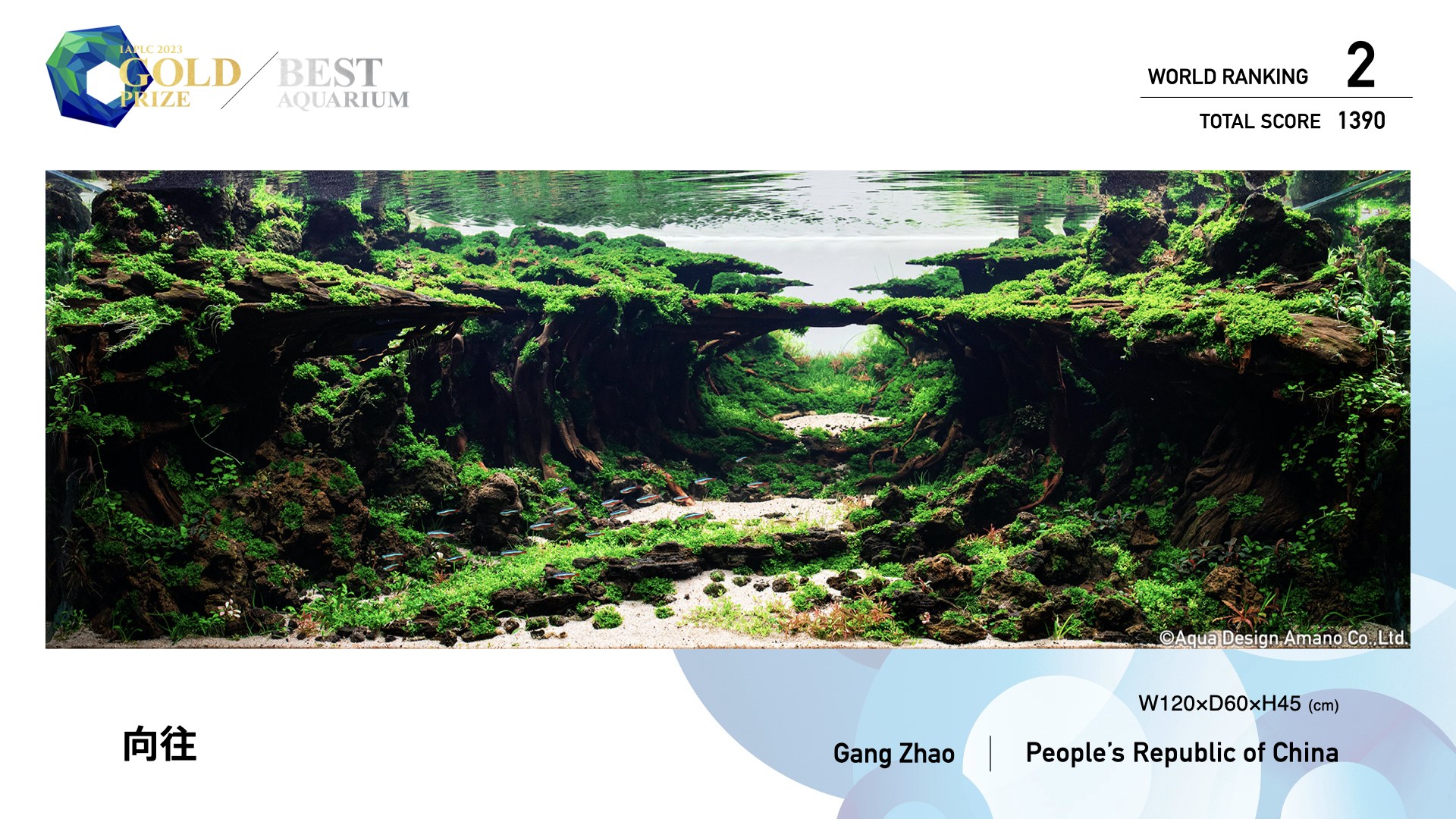Aqua Design Amano hosted its annual International Aquatic Plant Layout Contest on Saturday, live-streaming the event to thousands of keen aquascapers all over the world.
Speak to a scaper about their passion and they’ll tell you it’s way more than just growing and appreciating aquatic plants and planted tanks. It’s all about art and creation, so what can reefers take away from the world’s seven highest-ranking aquarium creators this year? And what aquascaping lessons can we apply to our own coral creations?
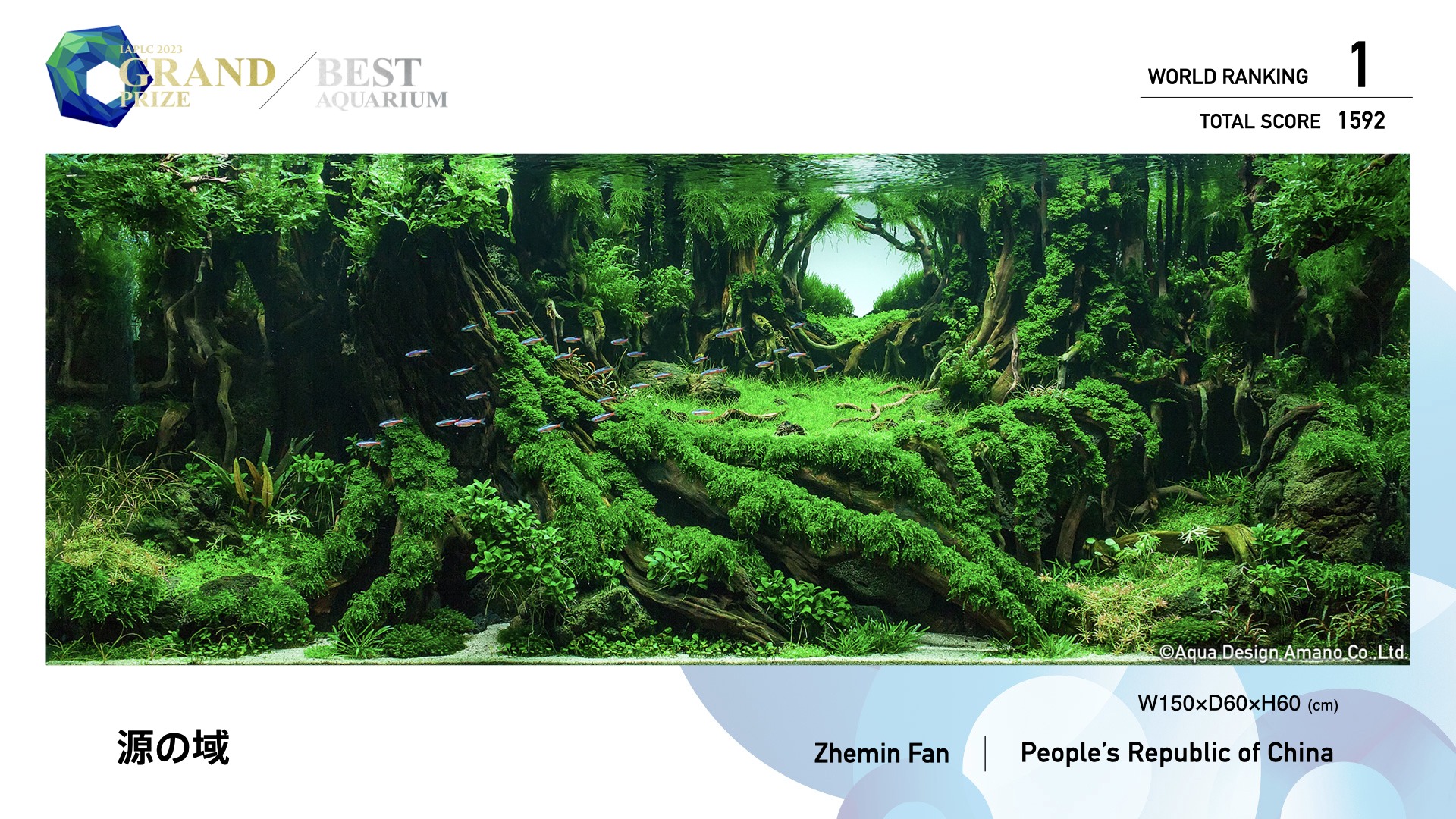
Tank size
Competitive aquascapers know that tank size is key when it comes to creating a truly wondrous (winning,) aquatic creation. Brilliant things can be achieved with nano tanks, but not one of the IAPLC top seven measured less than 120cm/47” in length, and the 1st and 3rd winners were both 150cm/60” in length.
You can get more into larger tanks, like larger decor, more plants, and more fish, and filling a large tank with lots of small plants and hundreds of twigs and small stones takes more skill than it does in a nano. You want a tank that really impresses – go big – but bearing in mind that a shoal of Green Chromis is larger than a shoal of Cardinal Tetras, reefers may need to go bigger still to create a truly impressive aquascape using large shoals of small fish.
Note also that most tanks were wider than they are tall, giving more room for aquascaping, layering the decor, and perspective as the eye is led through the scape.
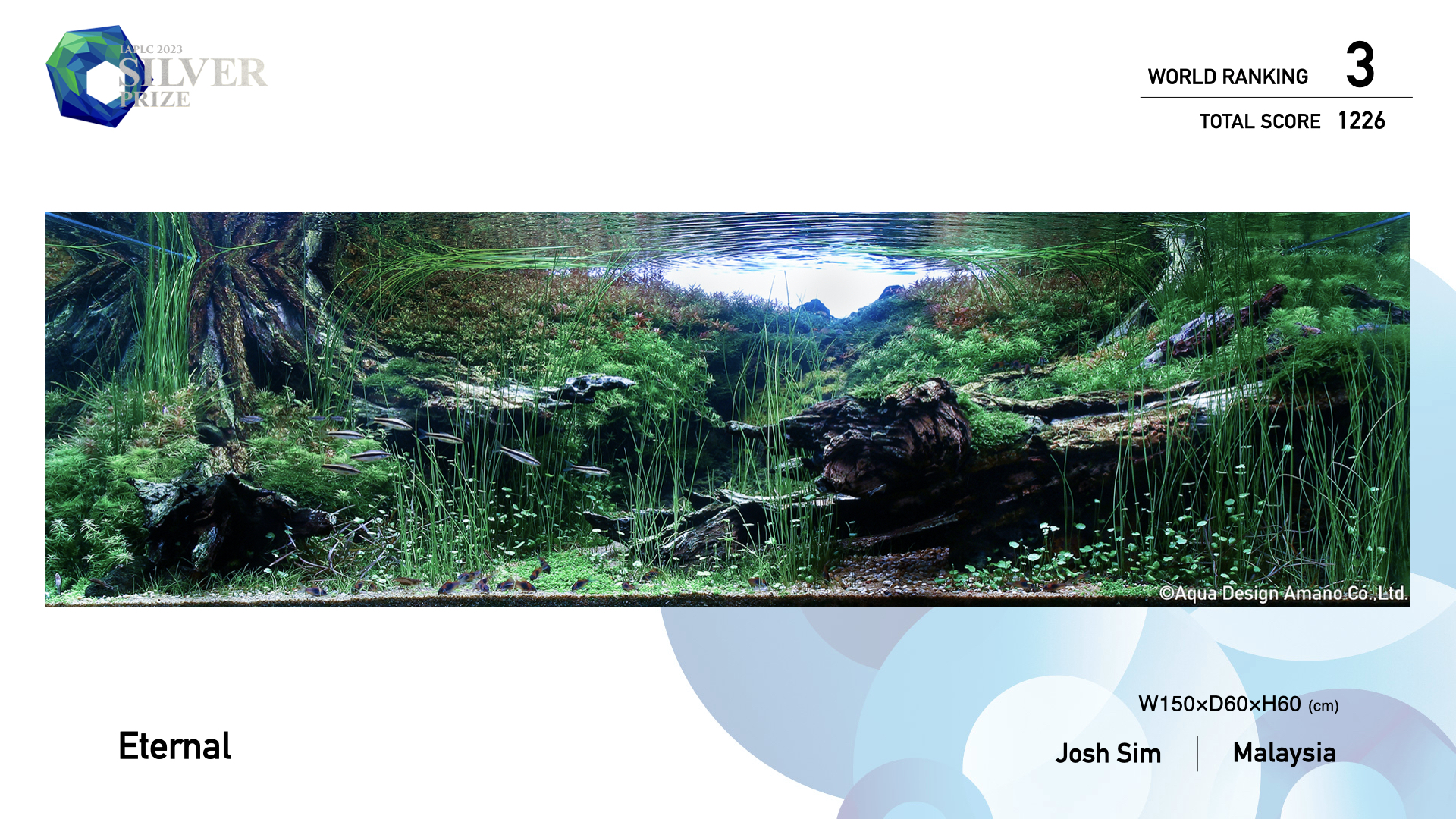
Equipment
Granted, aquascapers remove equipment for the final photo, and that’s easier for them than it is for a saltwater aquarist, but when running, aquascapes have minimal or less visible equipment too. Glass filter pipes and CO2 diffusers, or hidden filter pipes. Takashi Amano majored in the need for no visual distractions, as how can you imitate a natural scene with equipment? Note too that no aquascapers grow baby plants on frag racks. The main display aquarium is exactly that and should be a thing of beauty at all times.
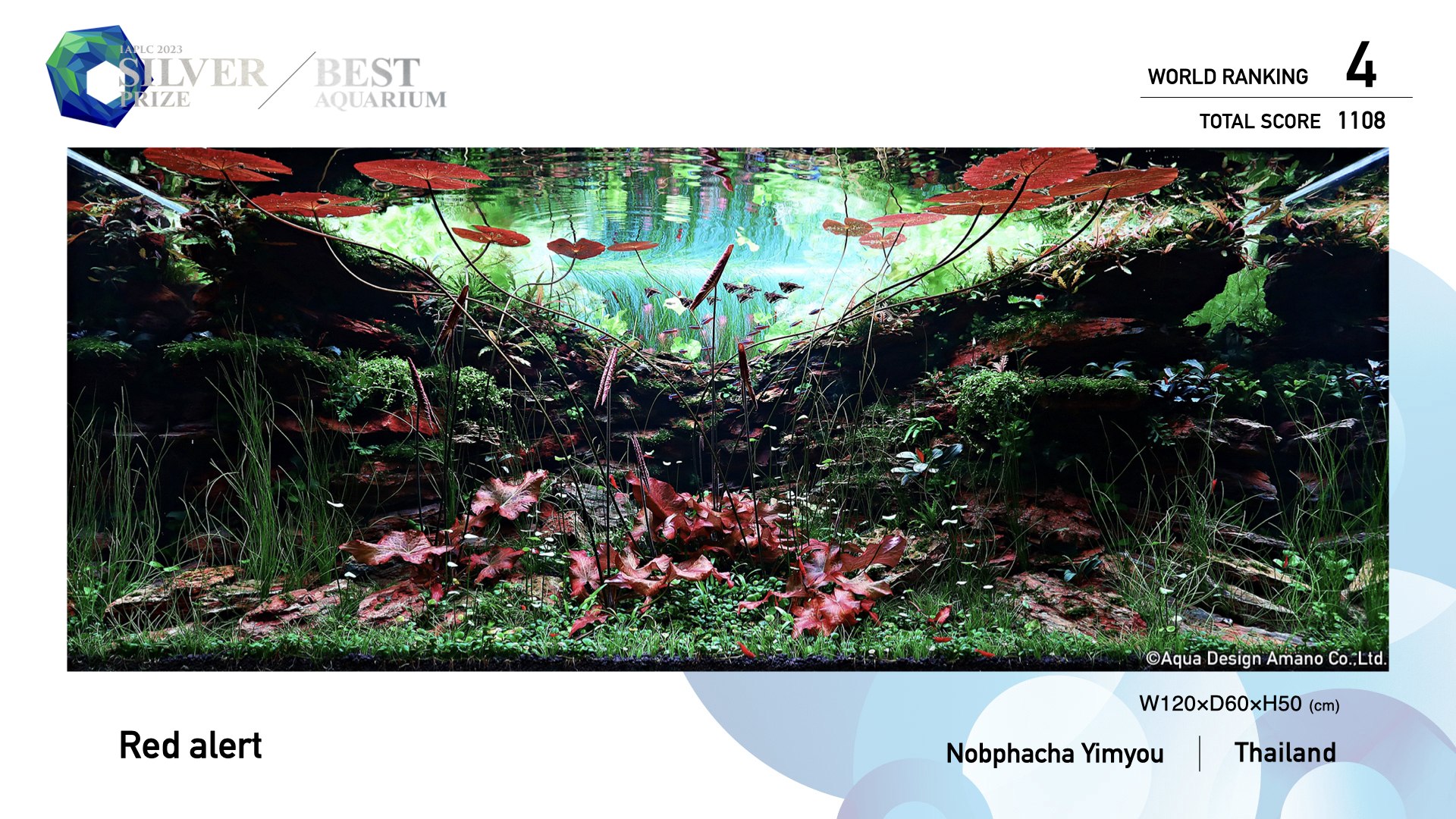
Decor
All seven winning aquascapes use hardscape in abundance, from top to bottom and right from the back to an inch away from the front glass. We are using less hardscape than ever in our reef tanks for positive reasons, but it is much harder to create a truly impactful saltwater aquascape that looks like an actual piece of coral reef that way.
Few people really suffer from corals bursting out of their tanks so stack rock high, even touching the surface in some places for that mesmerizing underwater, scuba diving effect.
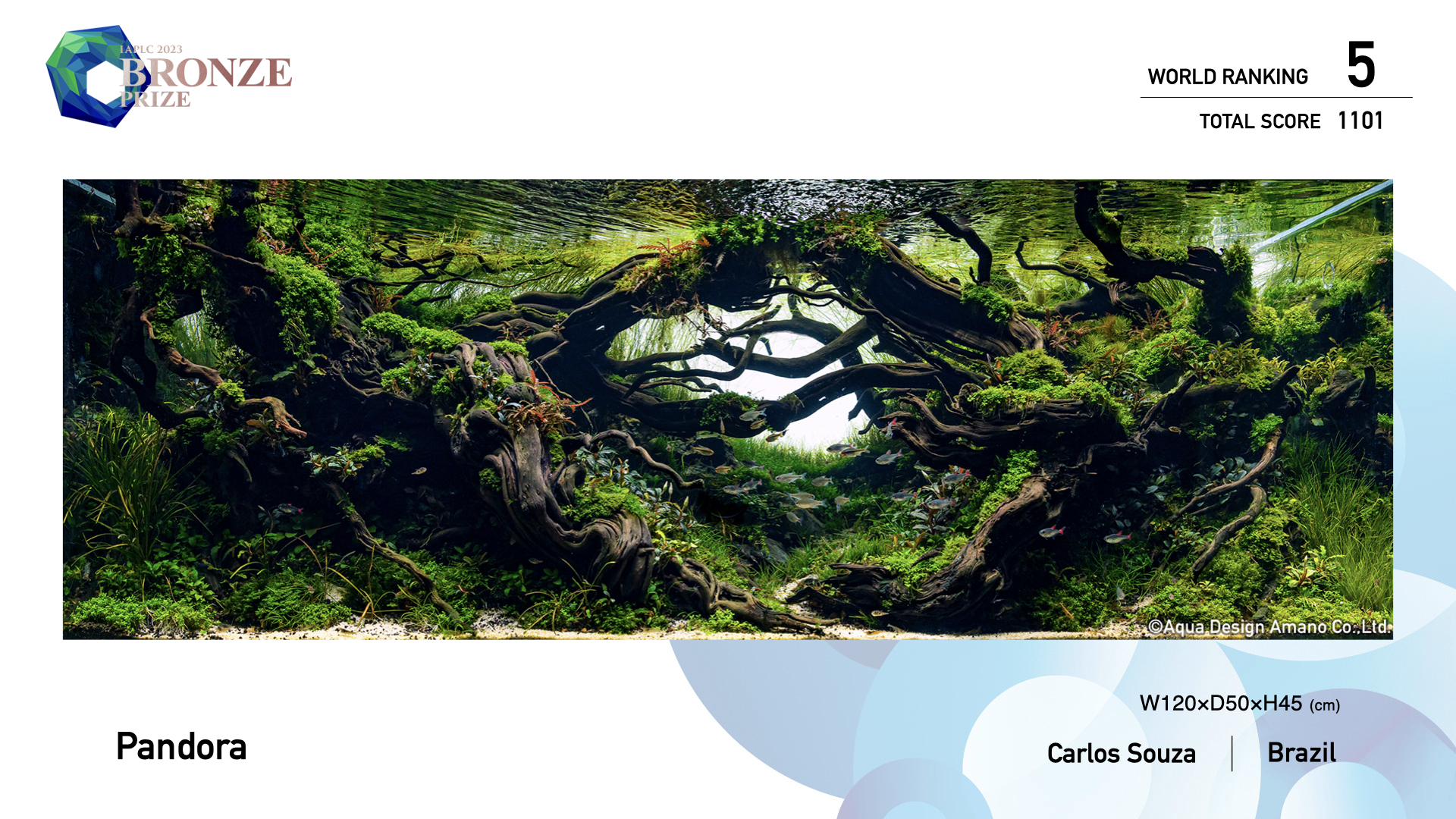
More is more
Every one of the top seven tanks is packed full of materials and livestock. Loads of rocks, loads of plants, loads of wood, and loads of fish. But drill down into the detail and in many cases it is repetition of just one type of wood, one type of rock, perhaps six plant species, and often just one species of fish.
Reefers are often guilty of collectoritis and just placing one of each coral and fish like fruits on a market stall, not necessarily the fields of just a few coral species in any one place on a reef. It’ll take maximum self-discipline but majoring in just a few coral species and placing multiple colonies around the tank will look very effective, and natural.

The rule of two-thirds
Artists and aquascapers swear by scaping to the rule of two-thirds, also known as the golden ratio. Landscapes are seldom symmetrical and the human eye is often drawn to whatever is featured just left or right of center. Get the tape out and mark two-thirds along the length of a reef tank and two-thirds along its height, and that will be the natural focal point where you should place your best rock feature and coral. It works every time.
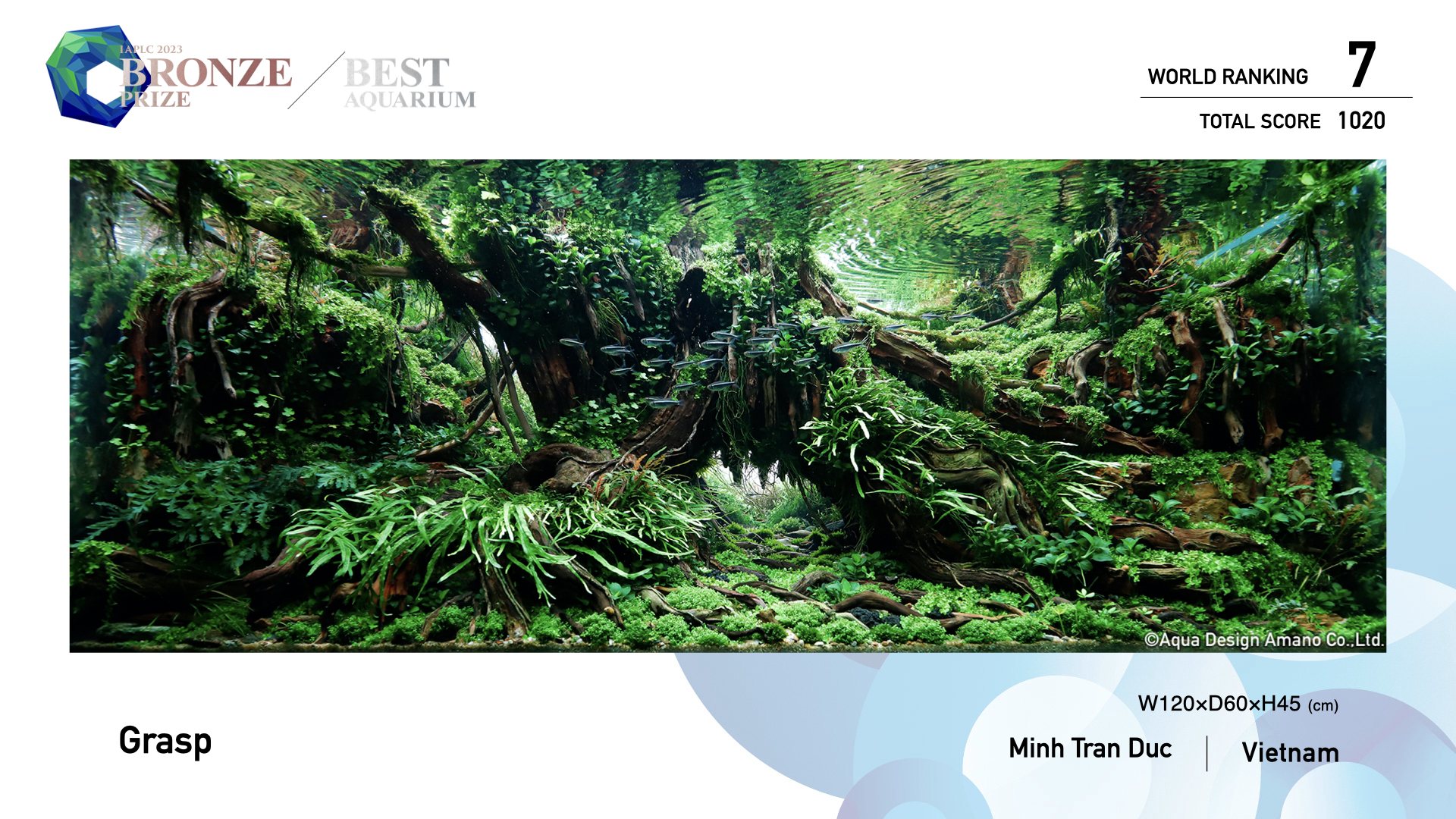
Background lighting
Not a single aquascape featured here uses a black background, in fact, they are quite the opposite, using white, illuminated backgrounds. This photographer’s trick borrows even more depth perspective from behind the tank and creates a horizon that draws the eye through the aquascape and to a seemingly infinite background.
We use black backgrounds to enhance our popping coral colors but the only time a coral reef has a black background is at night. Experiment with no background, blue, graduated backgrounds, or illuminated backgrounds to really enhance that sense of light, life, and underwater wonder.


